
Viking Names
Miningsby
Miningsby, in the Bolingbroke Wapentake of Lincolnshire, is a very difficult name with a great variety of spellings. The best suggestion for the first element is the Old Norse male personal name Miðjungr, but this name is only known as that of a mythical giant, recorded in an early skaldic poem cited in Snorri Sturluson’s Edda, or as an appellative for ‘giant’ in skaldic poetry more generally. The second element is Old Norse by ‘a farmstead, a village’.
Read More
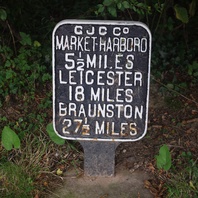
Viking Names
Leicester
Leicester is one of the Five Boroughs of the Danelaw. The first element of the place-name probably comes from a tribal name derived from the pre-English river-name Legra which would have been given in Old English as Legor or Ligor. This river-name is likely identical or related to the River Loire in France. The second element of the name is Old English ceaster ‘a city; an old fortification; a Roman site’. Thus the place-name gives the sense of ‘the fortified Roman town of the folk called Legore (or Ligore)’.
Read More
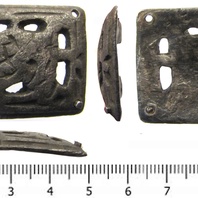
Viking Objects
Anglo-Scandinavian Silver Mount (SWYOR-0201A1)
This silver rectangular mount is decorated with an openwork design consisting of a possible backward-facing animal alongside interlace which may have zoomorphic elements.
Read More
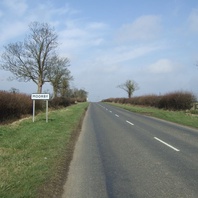
Viking Names
Moorby
The first element of Moorby, in the Horncastle Wapentake of Lincolnshire, is either Old English mor or Old Norse mór ‘a marsh; barren upland’ here in the sense ‘moor’. The second element is Old Norse bý ‘a farmstead, a village’. The village is on the slope of the Wolds.
Read More

Viking Names
Wigtoft
Wigtoft, in the Kirton (in Holland) Wapentake of Lincolnshire, is likely an Anglo-Scandinavian compound. The first element is uncertain, but it is probably Old Norse vík ‘a small creek, an inlet, a bay’. The second element is Old English toft ‘a curtilage, the plot of ground in which a dwelling stands’. Wigtoft is situated near Bicker Haven, which was formerly an arm of the sea.
Read More

Viking Names
Fotherby
Fotherby, in the Ludborough Wapentake of Lincolnshire, comes from the Old Norse male personal name Fótr and the Old Norse element bý ‘a farmstead, village’. The same personal name occurs in other place-names in Lincolnshire including Foston and Fosdyke. There is also a Foston in Derbyshire.
Read More
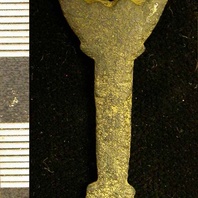
Viking Objects
Copper-Alloy Key (LEIC-931912)
Slide keys such as this example are generally known as ‘Viking keys’ due to similarities in shape with excavated examples. However, its T-shaped projections at the base have no identified parallels but the design could possibly show Anglo-Scandinavian influence. Keys were not only practical items but also symbols of status. Women often carried the keys to the family’s chests of valuables. They also are often buried with keys, representing their authority in the household. See also the blog post on keys in the Viking Age.
Read More

Viking Names
Asgerda
Ásgerða is a predominantly West Scandinavian (Norway and Iceland) name and is a weak form of the more common Ásgerðr, which is also found in Swedish runic inscriptions. Asgarthcroft, a field name recorded in 1523 in Aberford, West Yorkshire, had Ásgerða or Ásgerðr as its first element. Both elements are common in Old Norse name-formation, the first meaning Ás- ‘a god’ and the second being the feminine equivalent of masculine -garðr, probably meaning something like ‘protection’.
Read More

Viking Names
Skirbeck
Skirbeck, in the Skirbeck Wapentake of Lincolnshire, is a Scandinavian compound from Old Norse skírr ‘bright‘ and Old Norse bekkr ‘a stream, a beck’. These elements may have been replaced an Old English name formed from the elements scīr and bece. The stream is now dry, but in the nineteenth century it was asserted that the stream could be traced with little difficulty.
Read More
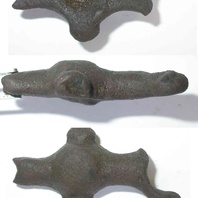
Item
Bridle Fitting (DENO-58B097)
This fragment of cast copper-alloy bridle fitting has a central, sub-circular boss with concave indent to the reverse side. The concave shape of the broken ends of the bars indicate that this fitting originally had a loop at either end.
